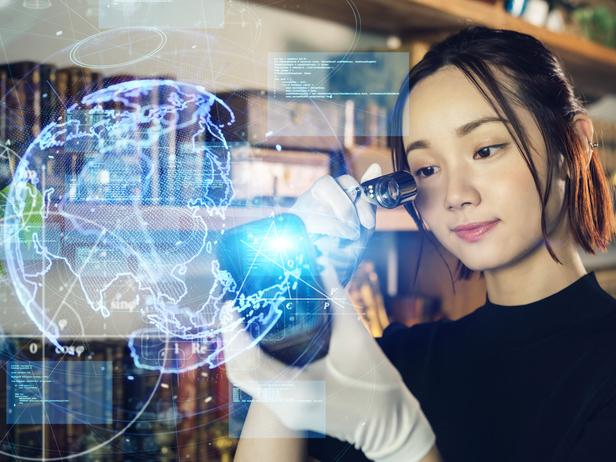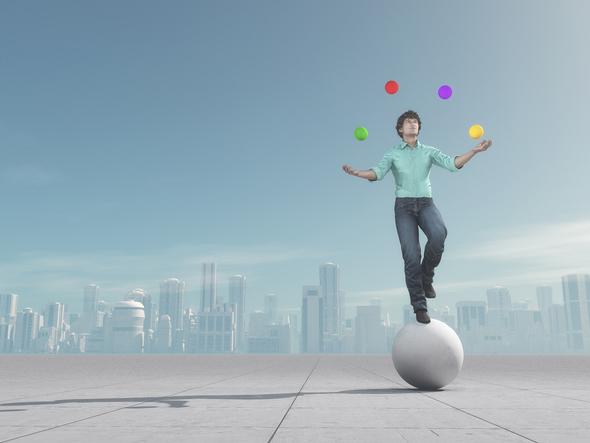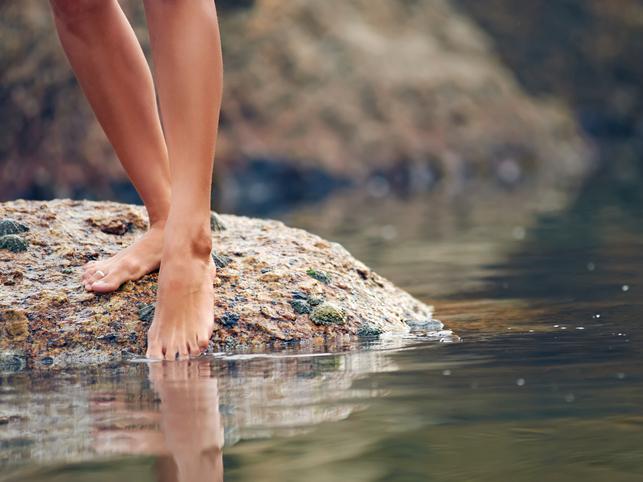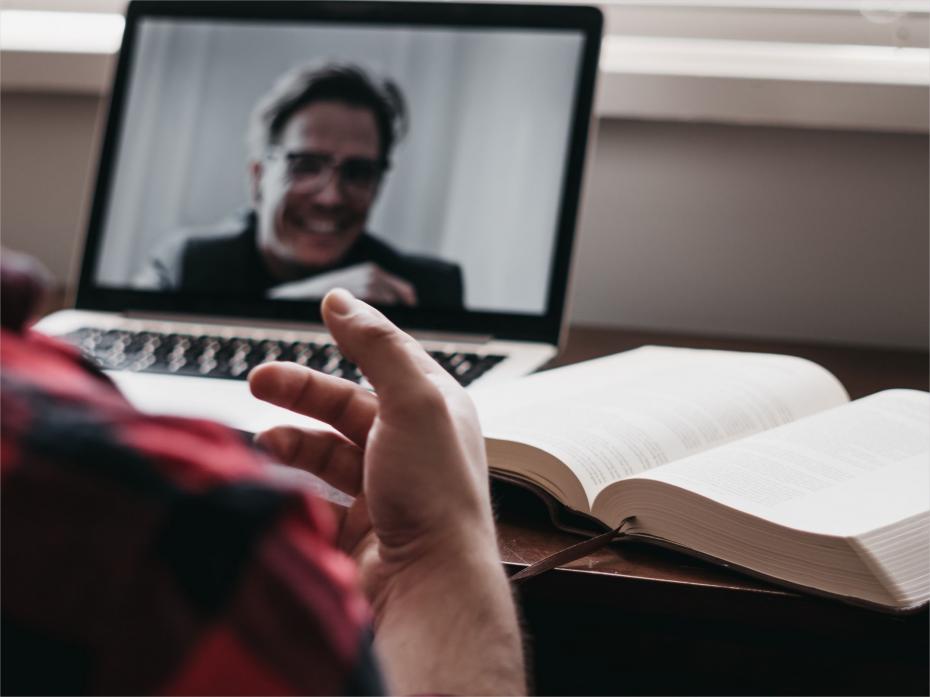Some teachers realise they don’t need to be confined to the classroom or lecture hall. And as a result, their classes are highly anticipated and well-rated. In contrast, teachers who just read from textbooks can risk sending students to sleep.
When class might involve a field trip, visiting speaker or virtual visit, word gets around. Even students in more senior classes might pass positive word of mouth to the next cohort, and when students come to these teachers’ classes, everyone pays special attention to the lecture.
- How to re-energise your online classroom and inspire creativity
- Use technology to hook students’ interest when teaching online
- Improving learning through physical action and sensory perception
Inspired by these teachers, I have incorporated this approach into my museum management course.
Engaging students with novelty – whether it’s off campus or in the classroom – stimulates their interest and their desire to learn. Here are strategies to make teaching more interesting based on our experience in the School of Liberal Arts (SLA) at the Macau University of Science and Technology.
Make teaching environments relevant to real-world experience
Since I began teaching, I have constantly used my experience, knowledge and interests to improve the standard of my lectures. One of the things I have learned is that only by going out of the classroom can we “live” our discipline.
As we are all aware, education is more than the acquisition of knowledge. Improving students’ understanding, skills, values and personal development can significantly enhance learning and achievement.
Taking learning outside the classroom encourages students to apply their knowledge across a range of challenges. It builds bridges between theory and reality, schools and communities, students and their futures. Quality learning experiences in real situations have the capacity to raise achievement across a range of subjects and to help students develop better interpersonal and social skills.
In recent years, teachers in SLA have been exploring “learning how to learn” in order to raise achievement. What we see, hear, taste, touch, smell and do gives us six main “pathways to learning”. Students are intensely curious and should be given the opportunity to explore the world around them. The potential for learning is maximised if we use the powerful combination of physical, visual and naturalistic ways of learning.
In my museum management course, for example, I always set aside time for students to go off campus to participate and interact with the material and course content. The students team up to visit the local museums in Macao (following current safety guidelines) and then share what they discovered with the class in the form of a group presentation.
After one visit, a student said that on walking into the museum, he realised the depth of knowledge of Chinese history and humanities and felt the powerful charm of national culture.
Make use of digital resources if off-campus visits are not possible
Various methods can help to liven up teaching. During the Covid-19 pandemic, we have not been able take students off campus to visit and study, but the emergence of digital museums allows us to visit the collections without leaving home. Online museums provide unlimited opportunities for learning in the post-pandemic world. Our students can get acquainted with historical objects regardless of their location, and this can offer novel ways to interact with exhibits.
In my last class, we visited Digital Dunhuang together to explore the Unesco World Heritage-listed Mogao caves on China’s Silk Route. Paintings, sculptures, architectural designs and murals are all placed online to encourage interaction and integration. The Digital Grotto Project will be part of the Dunhuang e-tour, a Weixin mini-programme that provides virtual tours of the Dunhuang Mogao grottoes. A physical museum strictly forbids visitors to interact with historical relics, artefacts and art works due to their fragility. In contrast, virtual tours allow us to interact with exhibits, rotating them and bringing them to life.
Another strategy to encourage interaction is to ask students to design a museum exhibition based on what they have learned in class. This enables students to gain a deeper understanding of course points and to master applying museum management methods in real life, something that is a key goal in our teaching.
Know when to call on outside expertise
No teacher can be proficient in everything. If the students – or the teacher – would benefit from outside expertise, bring that into the classroom.
Museum content is a challenging subject. One main difficulty is that the “museum” has various forms, strong historical significance and wide-ranging content. The traditional way of relying on one teacher to give lectures in the classroom is rigid in form and weak in interaction, and the effect is greatly reduced. So, I have experimented and explored how to present the course in multiple ways.
In terms of teaching teachers, “cooperative teaching” is very important. Make use also of practical professional-development courses, specialist teaching expertise in areas such as research, management and human resources. External resources, which should be consistent with your course, are of great value in improving students’ theoretical and skill level, and in cultivating reasoning skills.
In my class, I often turn to outside help. I design and plan each teaching link, control the rhythm of the overall course, but also let outside professionals and experts share their knowledge.
During the Winter Olympics, the curator of the Double Olympics Museum was invited to the school to explain practical cases of museum management to the students. In this instance, I played both “director” and “host”. The classroom teaching ended in a relaxed and pleasant atmosphere.
Each classroom experience required a lot of careful planning and repeated communication in the early stage. Although these invisible workloads are exhausting, I feel that these attempts at alternative teaching methods are necessary.
M C Zhang is assistant professor and Aliana Leong is dean and professor; both are at the School of Liberal Arts at Macau University of Science and Technology.
If you found this interesting and want advice and insight from academics and university staff delivered directly to your inbox each week, sign up for the THE Campus newsletter.




comment